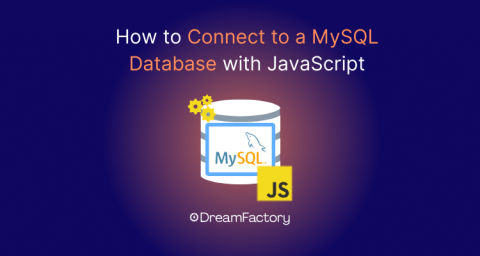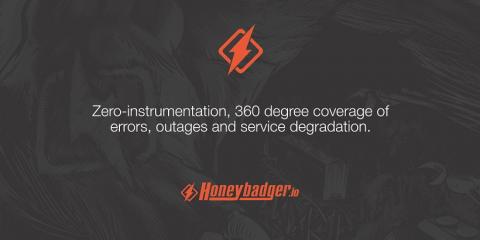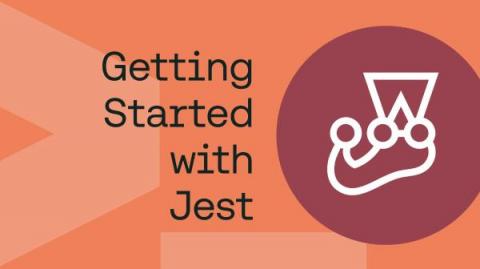Systems | Development | Analytics | API | Testing
JavaScript
The Definitive Guide to Date and Time in JavaScript
There are now nearly 9 million apps worldwide, and practically all of them run on an internal clock. Financial apps are built on timestamped data. Office apps run on calendars. Social apps are defined by their feeds, timelines and anniversaries. So, as devs, we need to know how to compute date and time. JavaScript, the world’s most popular programming language, has plenty of helpful APIs, but they can throw up complications if you’ve never used them before.
The character encoding cheat sheet for JS developers
JavaScript Source Maps: Everything You Should Know
JavaScript has become an essential programming language for web developers. It is used to develop complex web applications with dynamic and interactive features. However, debugging and troubleshooting JavaScript code can be a daunting task, especially when the codebase is large. This is where JavaScript Source Maps come in handy. They provide a way to map the minified or transpiled code back to its original source code, making it easier to debug and troubleshoot issues.
JavaScript 101: A Deep Dive into All Things JS! | Sanjay Vyas | #javascript #javascripttutorial
Selenium with JavaScript Tutorial for Web Automation
Getting Started with the Jest Framework
Guide to TypeScript and Styled Components
To attract more users and improve the overall user experience, it is crucial to have a visually appealing and well-designed user interface (UI) for our websites, applications, blogs, products, etc. The UI serves as the point of interaction between the user and the application. For example, consider the eCommerce portal. This user interface displays how the e-commerce application connects with its users through an attractive, accessible, and easy-to-understand design.
The Collaboration of Code: JavaScript, TypeScript, and CoffeeScript
In the vast universe of coding, JavaScript has earned itself a reputation of being a dynamic, high-level, interpreted language, often employed for enhancing user experiences on the web. However, as the complexity of web applications increased, developers craved more structure, static typing, and syntax variations. Enter the JavaScript dialects. They can be seen as extensions of the original JavaScript, with each one providing alternatives suited to diverse needs and preferences.
Migrate Your Express Application to Fastify
Welcome to the final part of our Express to Fastify series. In the previous installments, we explored the unique features and advantages of Fastify over Express. Now, you'll put what you've learned so far into practice by migrating an existing Express application to Fastify. You'll avoid rewriting an entire application from scratch by gradually transitioning to Fastify.











